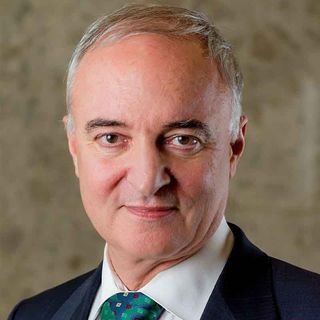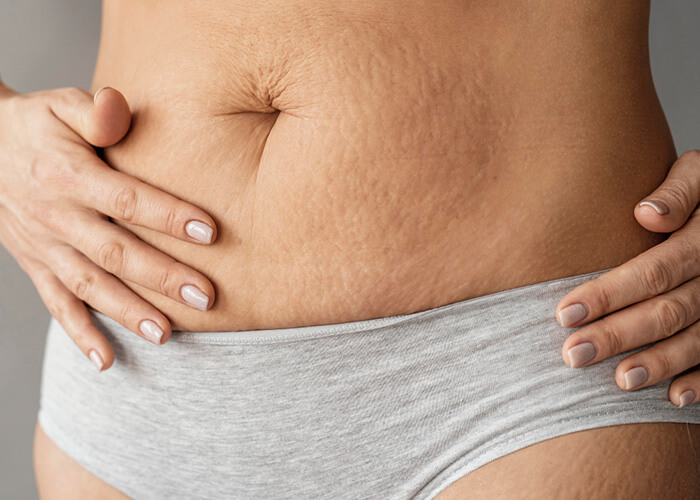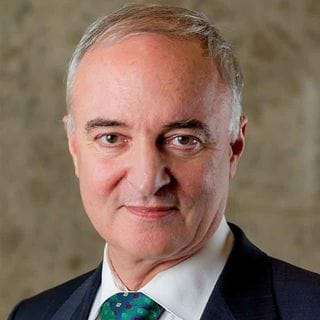After undergoing a tummy tuck, many patients expect a completely flat and contoured midsection. However, some may notice a small bulge or tightness in the upper abdomen during recovery. This doesn’t always mean something went wrong; it can result from swelling, muscle tension, or normal healing responses. In this guide, we’ll explain the most common causes of post-tummy tuck bulging and explore safe, effective ways to refine and improve your final contour.
What Is an Upper Belly Bulge?
Upper belly bulge following abdominoplasty is more common than many patients realize. While a tummy tuck (abdominoplasty) is designed to create a flatter, more contoured midsection by removing excess skin and tightening abdominal muscles, several factors can contribute to fullness in the upper abdomen.
Causes of Upper Belly Bulging After Abdominoplasty
Some of the most common reasons for an upper belly bulge after a tummy tuck include:
- Incomplete Muscle Repair: During a tummy tuck, surgeons tighten separated abdominal muscles (diastasis recti). If the upper muscles aren’t tightened as firmly as the lower ones, the upper abdomen can appear fuller, creating a mild “muffin top” effect.
- Residual Subcutaneous Fat: The upper abdomen naturally retains more fat, and surgeons often avoid aggressive liposuction there to preserve blood flow. As a result, some residual fat can make the upper area look slightly thicker compared to the flatter lower abdomen.
- Visceral Fat: This type of fat is stored around the internal organs and, thus, cannot be removed through surgery. In case the level of visceral fat stays high, the upper belly area can bulge, even after a successful procedure.
- Post-Surgical Swelling: Fluid retention is common after abdominoplasty and may last for weeks or months, particularly in the area above the incision line. The remaining swelling usually alleviates as the body heals.
- Seroma or Muscle Laxity: Occasionally, fluid buildup (seroma) or stretched muscle repair can contribute to bulging. Early evaluation and proper post-operative care help prevent or correct these issues.
Treatment Options for Post-Tummy Tuck Bulging
Non-Surgical Approaches
Compression Garments
Wearing a medical-grade compression garment supports the healing process and helps reduce swelling. These garments apply gentle, consistent pressure that encourages fluid drainage and supports the newly contoured tissues. Most surgeons recommend wearing compression for at least six weeks following surgery, though some patients may benefit from extended use.
Healthy Weight Management
Maintaining a stable, healthy weight is important to preserving your tummy tuck results. If visceral fat or remaining subcutaneous fat contributes to your upper belly bulge, gradual weight loss through balanced nutrition and regular exercise can make a difference.
Targeted Exercise
Once you receive clearance from your surgeon (typically 6-8 weeks post-surgery), incorporating core-strengthening exercises can help improve muscle tone and posture. While exercise cannot remove excess skin, it can help enhance muscle definition and reduce visceral fat over time.
Lymphatic Drainage Massage
Specialized massage techniques can encourage lymphatic flow and reduce persistent swelling. At Northwest Face & Body, we offer ultrasonic lymphatic massage as an optional add-on service. This treatment is designed to speed up healing and reduce swelling.
Surgical Revision Options
Revision Tummy Tuck
If incomplete muscle repair or inadequate skin removal caused your upper belly bulge, a revision abdominoplasty may provide the solution. During this procedure, your surgeon can adjust the muscle tension, focusing on achieving proper balance between the upper and lower abdomen.
Strategic Liposuction
When remaining subcutaneous fat causes upper abdominal fullness, targeted liposuction can refine your contour. This procedure removes stubborn fat deposits that weren’t addressed during your initial tummy tuck. It’s important to wait several months after your abdominoplasty before considering liposuction to ensure adequate healing and blood supply to the tissues.
When to Seek Help
If you’re noticing an upper belly bulge after your tummy tuck, timing matters when deciding whether to pursue treatment. Here’s what you need to know:
- During the First 3 Months: Swelling is expected and normal. Focus on following your surgeon’s post-operative instructions, wearing your compression garment, and allowing your body time to heal. Most patients see significant improvement during this period.
- Between 3-6 Months: As swelling subsides, you’ll gain a clearer picture of your results. If you notice persistent bulging, asymmetry, or concerns about your contour, schedule a follow-up appointment with your surgeon. They can assess whether the fullness represents normal healing or an issue requiring intervention.
- After 6 Months: By this point, most swelling often resolves, and you can better evaluate your final results. If upper abdominal bulging persists and affects your satisfaction with your outcome, a consultation with an experienced, certified plastic surgeon can help you explore your options.
Warning signs that warrant immediate attention include sudden swelling, signs of infection (redness, warmth, fever), severe pain, or a feeling of fluid movement beneath your skin. These symptoms may indicate complications requiring prompt medical care.
Minimizing the Risk of Upper Belly Bulging
While some factors causing upper belly bulge relate to anatomy or healing, you can take several steps to minimize the risk of this concern:
- Choose an Experienced Surgeon: Selecting a certified plastic surgeon with extensive experience in abdominoplasty is essential. Review before-and-after photos carefully, paying attention to upper abdominal contour in addition to overall results.
- Achieve a Stable Weight Before Surgery: Reaching within 10-15 pounds of your goal weight before undergoing a tummy tuck is recommended.
- Follow Post-Operative Instructions Carefully: Adhering to activity restrictions, wearing compression garments as directed, and attending all follow-up appointments supports proper healing.
- Commit to a Healthy Lifestyle: Regular exercise and balanced nutrition can support your recovery.
Explore Options to Refine Your Tummy Tuck Results
During a consultation at Northwest Face & Body, we’ll listen to your concerns, thoroughly evaluate your abdomen, and discuss realistic options for improvement. Whether you need time to complete your healing process, targeted refinements, or a revision procedure, we’re here to guide you toward a solution. Contact us at (425) 321-3884 to schedule your complimentary consultation.
Additional Reads:
Does A Tummy Tuck Repair Diastasis Recti?







